
 Life at the Death Valley Insect Ranch — or Worm Ranch, depending on which sub-Kinko’s sign you read — is pretty sweet for heterosexual live-in pals Jason and Ralph. Respectively played by Sole Survivor’s Al Valletta and Pets’ Mike Cartel (also this film’s writer/director/editor), the guys are enjoying a day of drinking beer, shooting guns and wearing denim when they see something unusual in the distance. Moseying over to investigate, they discover a freshly dug grave containing a beautiful blonde woman nude in a coffin, but still possessing a pulse. (If only she could lend that to the script.)
Life at the Death Valley Insect Ranch — or Worm Ranch, depending on which sub-Kinko’s sign you read — is pretty sweet for heterosexual live-in pals Jason and Ralph. Respectively played by Sole Survivor’s Al Valletta and Pets’ Mike Cartel (also this film’s writer/director/editor), the guys are enjoying a day of drinking beer, shooting guns and wearing denim when they see something unusual in the distance. Moseying over to investigate, they discover a freshly dug grave containing a beautiful blonde woman nude in a coffin, but still possessing a pulse. (If only she could lend that to the script.)
Because Ralph and Jason are stand-up guys, they aim to do the right thing; unfortunately, before they get the chance, they are kidnapped by a gang of women and held against their will at the ladies’ secluded compound. With names like Torchy, Pepper and Vampire, these tough gals would radiate the fight-’em-or-fuck-’em nature of the classic Russ Meyer vixen, if Cartel had given them personalities, not to mention distinguishing traits beyond the obvious “the fat one.” Forcing the assistance of Jason and Ralph, the abductors plot revenge for their buried-alive sister via stealing a suitcase of plutonium from their enemies’ carefully guarded warehouse.
 Let me be clear: Despite that case and its radioactive contents, Runaway Nightmare is no Kiss Me Deadly. Whereas Robert Aldrich’s 1955 noir classic concerned private detective Mike Hammer, this indie centers around two guys as dumb as a box of hammers.
Let me be clear: Despite that case and its radioactive contents, Runaway Nightmare is no Kiss Me Deadly. Whereas Robert Aldrich’s 1955 noir classic concerned private detective Mike Hammer, this indie centers around two guys as dumb as a box of hammers.
Apparently considering himself quite the wisecracker, Cartel wrote himself a stream of one-liners neither humorous nor appropriate for the situation or established tone. If viewers do laugh, it will be for inadvertent reasons — namely, painful silences and lines delivered so awkwardly, they barely resemble how we as humans speak. A perfect example of Nightmare‘s mix of debilitated pacing and stunted attempts at comic relief can be found in a brief exchange between Ralph and one of his captors:
Woman: “Hey, I’m trying to communicate! I’m into sunshine, awareness, good karma, vibes and witchcraft.”
Ralph: “Well … we do have a lot in common.”
Woman: “I’d like to mix our blood.”
All that bit lacks is Jo Anne Worley popping through a trapdoor just long enough to mug at the camera and say, “Sock it to me!”
Suspense? Only if you care how high the score will go on a pinball machine played midway through the picture. Cartel takes his setup — one of “Dear Penthouse Forum, I never thought it would happen to me …” — to nowhere particularly intriguing, yet the movie finishes as mildly likable for its substantial deficiencies. It’s like a shaggy dog you wouldn’t mind having around, if only it were trained to stop licking your skin and dirty-pawing at your just-pressed pants. —Rod Lott

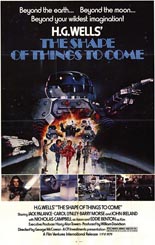
 After
After 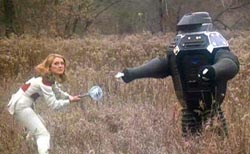

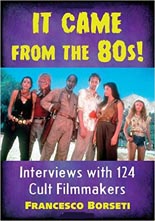
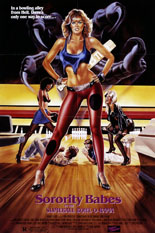
 Much more fun is to be had. Borseti could have done a better job in editing the conversations of the few people who are so long-winded, they venture into unrelated tangents. For example, I don’t care what the director of
Much more fun is to be had. Borseti could have done a better job in editing the conversations of the few people who are so long-winded, they venture into unrelated tangents. For example, I don’t care what the director of 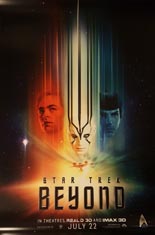
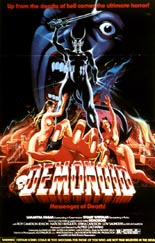
 What’s an upstanding British chap like Mark Baines (Roy Jenson,
What’s an upstanding British chap like Mark Baines (Roy Jenson, 